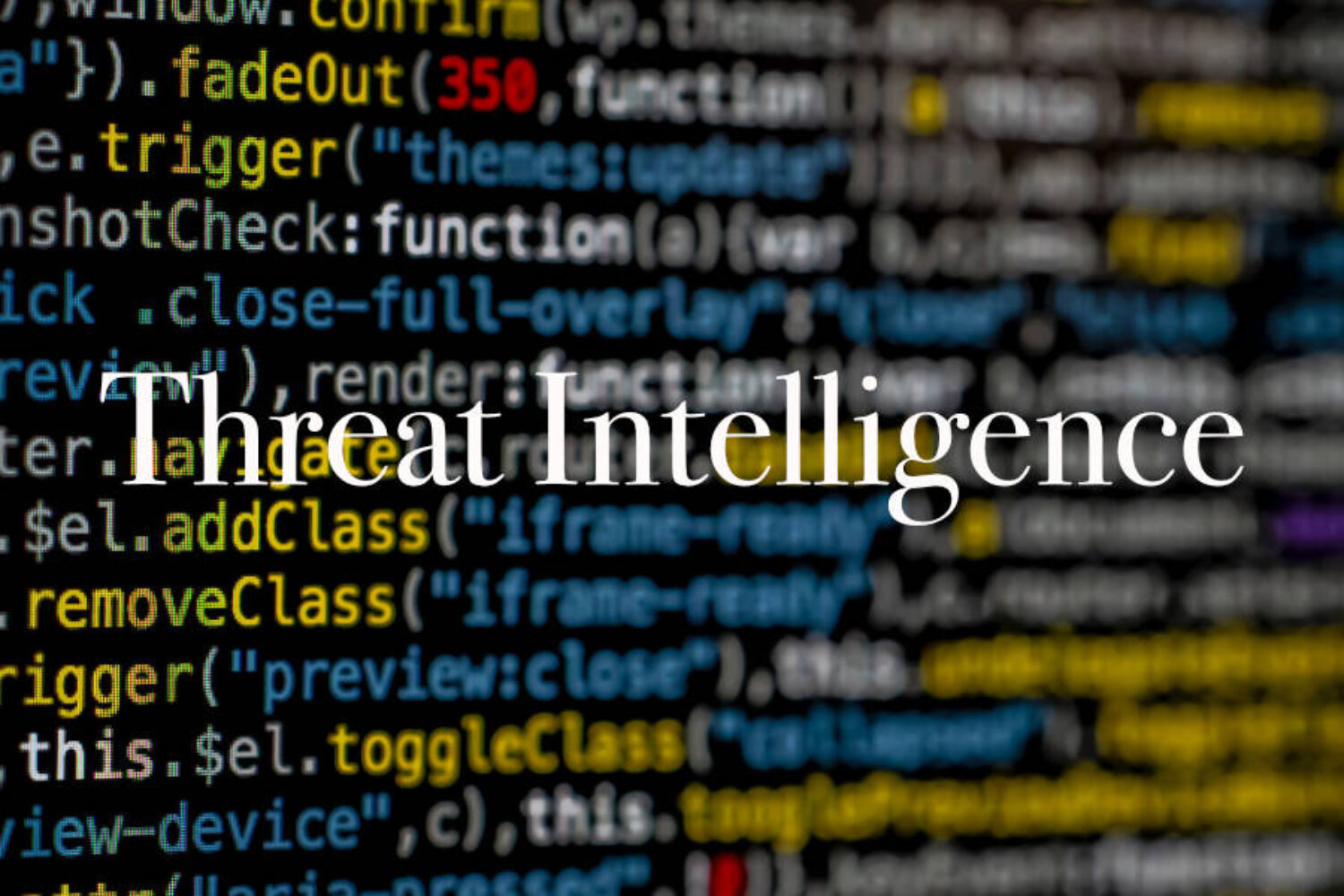In an increasingly interconnected digital world, the significance of robust cybersecurity measures cannot be overstated. The evolving complexity and sophistication of cyber threats necessitate a proactive approach to defense. Among the most potent tools at the disposal of organizations is “threat intelligence.” In this comprehensive guide, we will explore the multifaceted world of threat intelligence, delving into its importance, various sources, real-world applications, and how it plays a pivotal role in safeguarding your digital assets.
Understanding Threat Intelligence
Threat intelligence serves as a cornerstone in the battle against cyber adversaries. It is the practice of gathering, analyzing, and disseminating information regarding potential cybersecurity threats and vulnerabilities. By offering insights and actionable data, threat intelligence enables organizations to make informed decisions, anticipate risks, and respond effectively to emerging threats. Let’s take a deeper look at the key aspects of threat intelligence:
1. Data Collection and Sources: A Multifaceted Approach
Threat intelligence casts a wide net, drawing from a diverse range of sources:
Open Source Intelligence (OSINT): This encompasses publicly available information from websites, social media, news outlets, and more. OSINT provides valuable insights into ongoing cyber activities and emerging threats.
Closed Communities: Exclusive access to hacker forums, underground markets, and other clandestine networks can reveal information about upcoming cyberattacks and tools employed by cybercriminals.
Government Agencies: National cybersecurity agencies, like the U.S. Cybersecurity and Infrastructure Security Agency (CISA), regularly share alerts, advisories, and indicators of compromise to bolster cybersecurity efforts.
Security Vendors: Commercial cybersecurity companies and vendors offer threat intelligence services that cater to the specific needs of their clients.
Internal Data: Organizations generate their own threat intelligence by closely monitoring their network traffic, logs, and security events. This data often unveils targeted attacks and vulnerabilities specific to the organization’s digital environment.
2. Real-time Threat Detection: Fortifying Your Cyber Defense
One of the primary applications of threat intelligence is real-time threat detection. Here’s how it works:
Configuration: Organizations configure their security tools and systems to recognize incoming network traffic and system activities that match known indicators of compromise. This proactive approach significantly reduces the risk of successful cyberattacks.
3. Predictive Analysis: Staying Ahead of the Curve
Threat intelligence is not solely reactive; it also empowers organizations to predict and prepare for future threats:
Historical Data: By analyzing historical threat data and trends, organizations can anticipate potential threats and vulnerabilities. This proactive approach allows for advanced preparation rather than just reacting to incidents.
4. Zero-Day Vulnerability Mitigation: Responding to the Unknown
Zero-day vulnerabilities, previously unknown and unpatched security flaws, pose a significant risk. Threat intelligence aids organizations in:
Quick Identification: Swiftly identifying and responding to zero-day vulnerabilities by mitigating the risk until a patch becomes available.
5. Incident Response Improvement: Effectiveness in Crisis
In the event of a security incident, threat intelligence becomes a lifeline:
Understanding Attack Nature: Threat intelligence provides invaluable insights into the nature of the attack, including the tactics and tools employed by the attackers. This understanding is critical for containing the incident, eradicating the threat, and facilitating recovery.
6. Fraud Prevention: Beyond Cybersecurity
Threat intelligence extends its reach to fraud prevention:
Analyzing Patterns: By analyzing threat data, organizations can recognize fraudulent patterns, taking preventive actions against identity theft and payment fraud.
7. Supply Chain Security: A Broader Perspective
With interconnected supply chains, threat intelligence plays a vital role in evaluating cybersecurity risks:
Ecosystem Security: Ensuring that third-party vendors and partners adhere to the same security standards and practices safeguards the entire supply chain ecosystem.
8. Regulatory Compliance: Meeting Standards
For organizations subject to regulatory requirements, threat intelligence is a valuable tool for demonstrating compliance:
Security Assurance: Proving that an organization actively monitors threats and takes steps to protect sensitive data aligns with security and data protection standards.
9. Business Continuity: Resilience in Crisis
Understanding the threat landscape fosters the development of:
Comprehensive Plans: Business continuity and disaster recovery plans that account for cyber threats, ensuring the resilience of critical business operations in times of crisis.
10. Security Awareness and Training: Empowering Your Team
Threat intelligence serves as a potent educational resource:
Employee Awareness: Security awareness and training programs educate staff on the importance of cybersecurity. By using real-world examples and threats, organizations empower their employees to recognize and respond to potential threats.
Conclusion: A Holistic Approach to Cybersecurity
In conclusion, threat intelligence is a multifaceted and dynamic field that plays a fundamental role in modern cybersecurity. It is an essential tool for identifying, mitigating, and proactively defending against cyber threats. By collecting and analyzing threat data, organizations can protect their networks, systems, and data, reducing the risks associated with the evolving cybersecurity landscape. Threat intelligence is a key component of a holistic and resilient cybersecurity strategy.
To stay ahead of the ever-evolving cyber threats challenging the security of your digital assets, incorporate actionable threat intelligence into your organization’s cybersecurity practices. Empower your defenses, enhance your preparedness, and fortify your resilience against cyber adversaries in this dynamic digital world. Embrace the power of threat intelligence for a more secure future.
